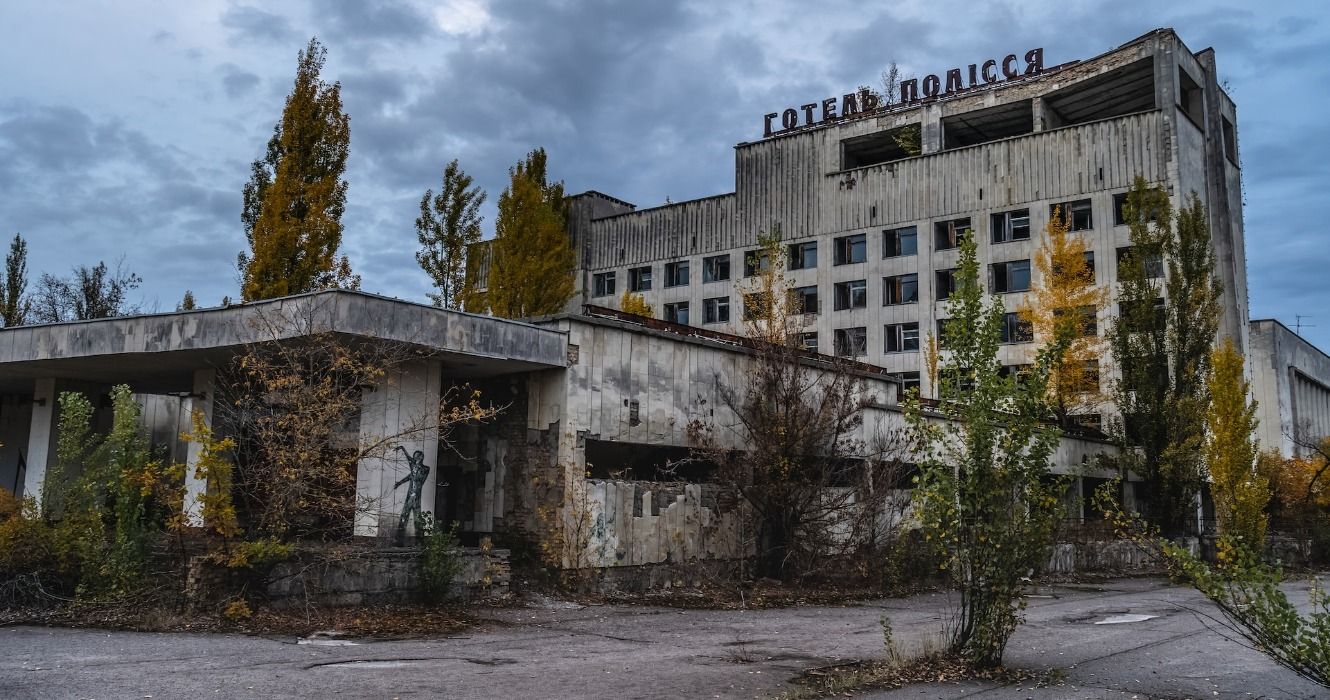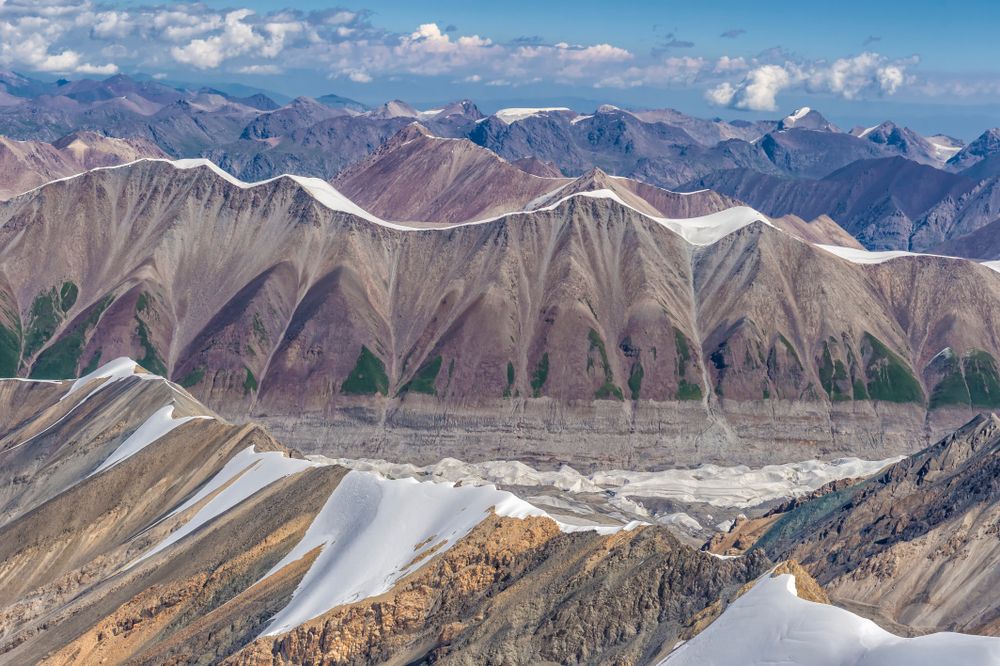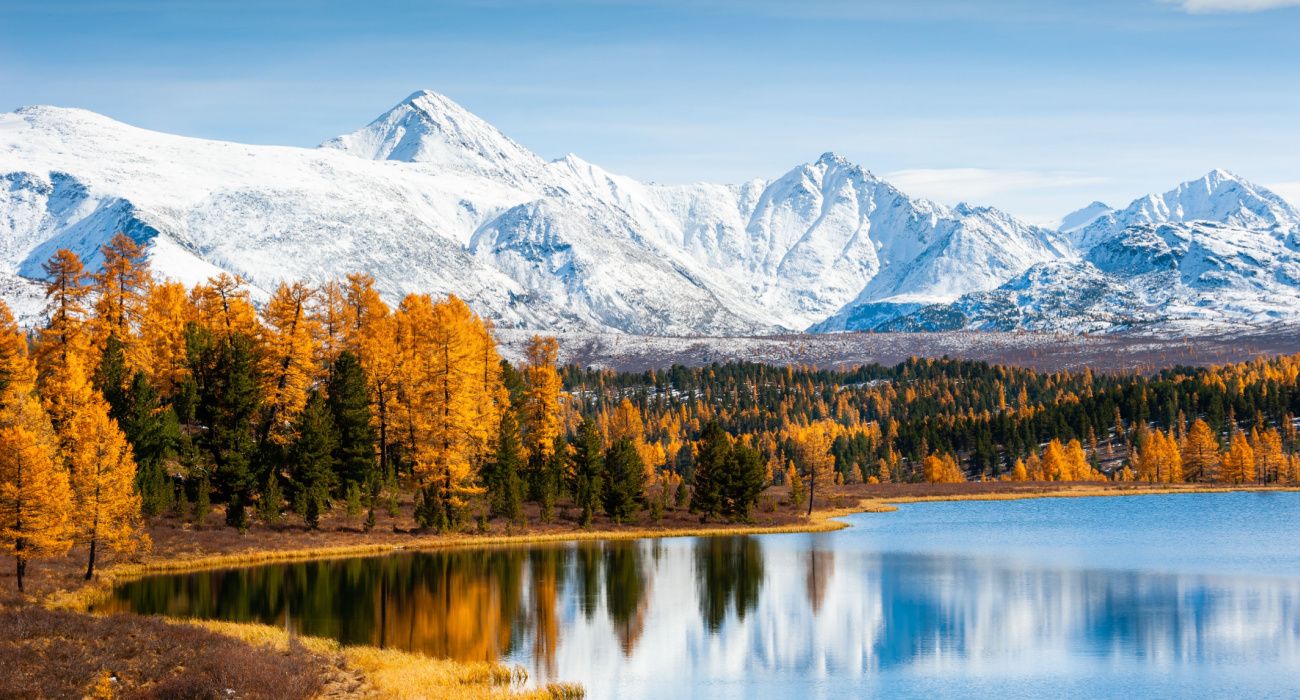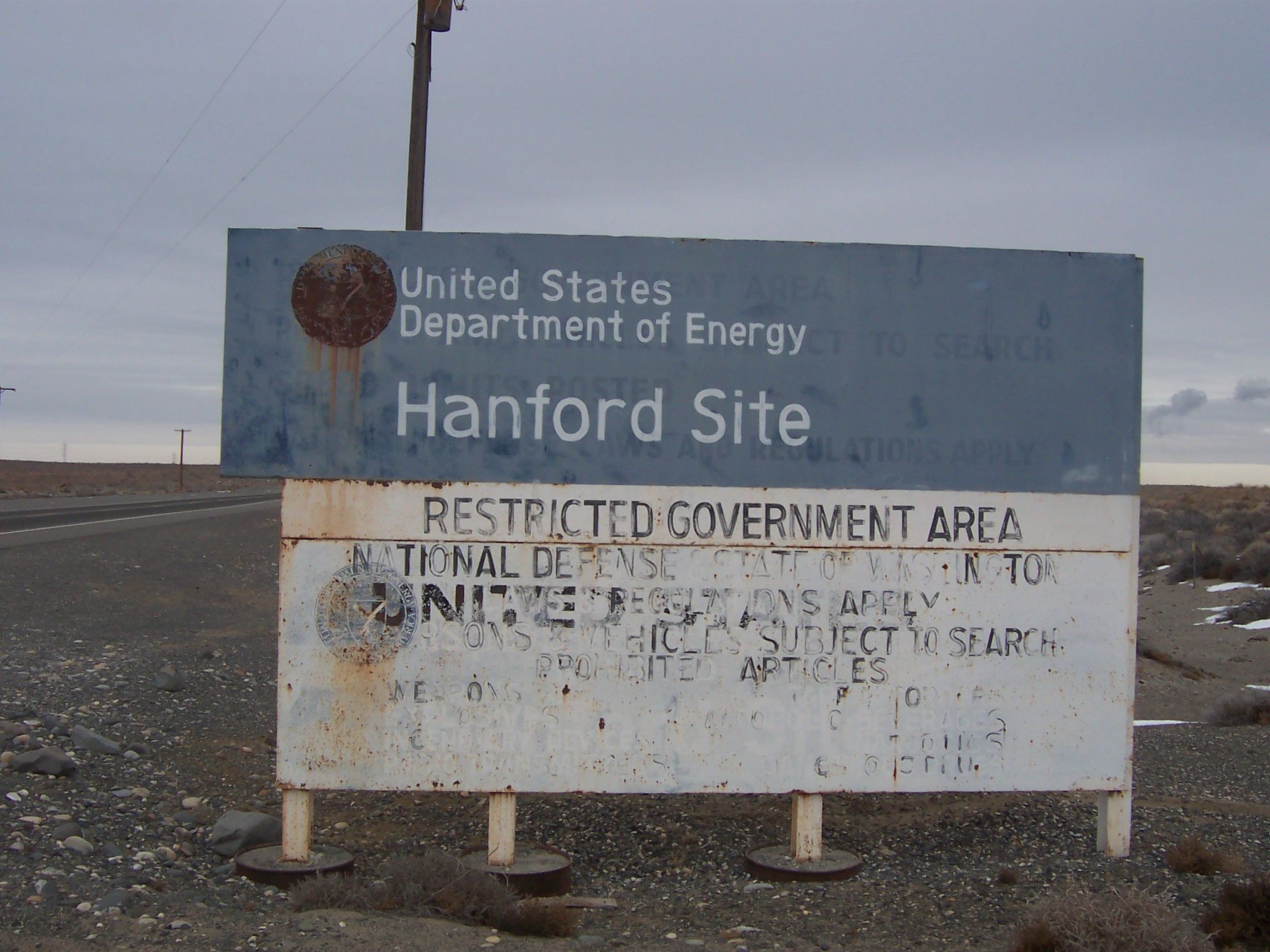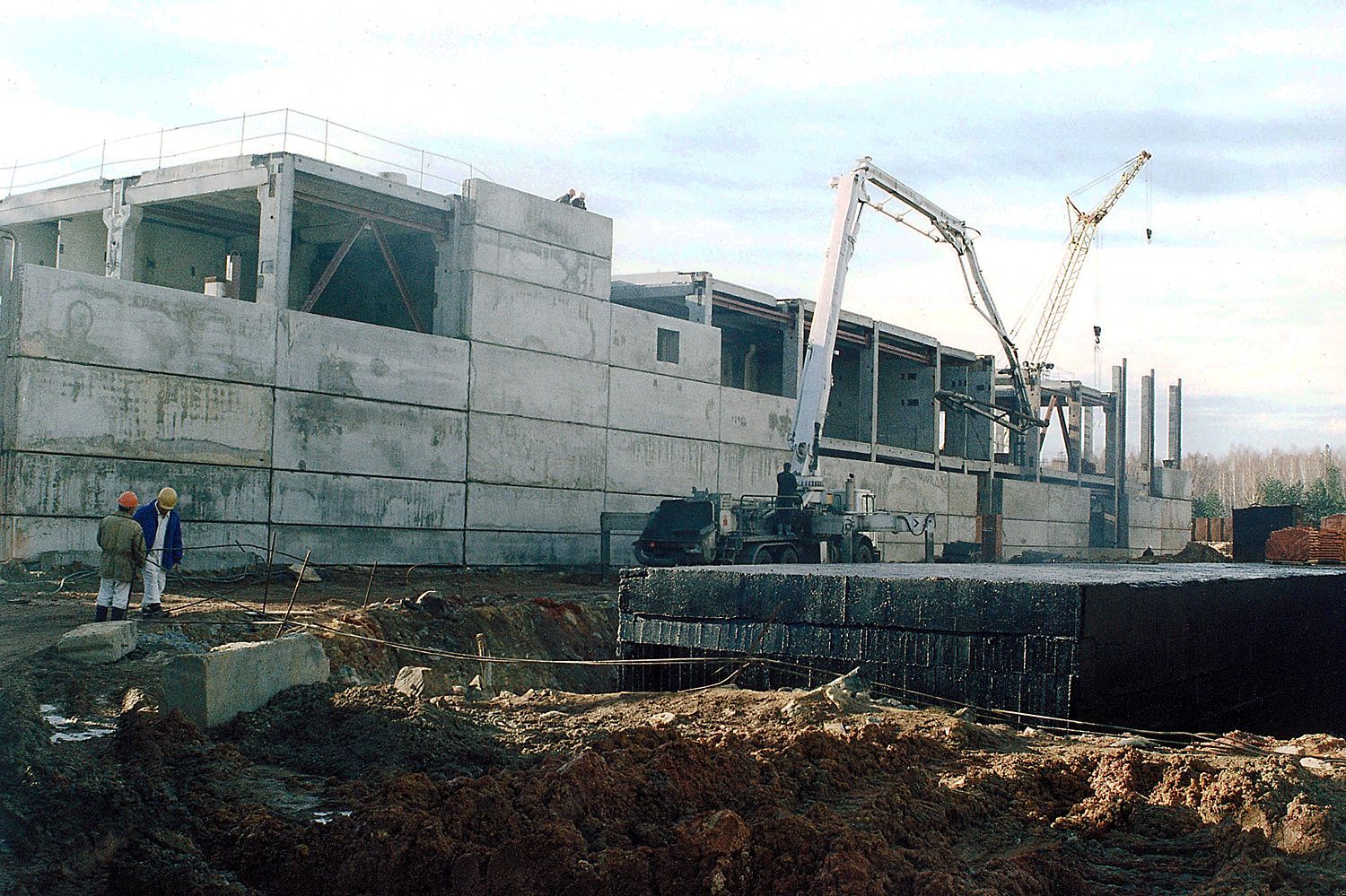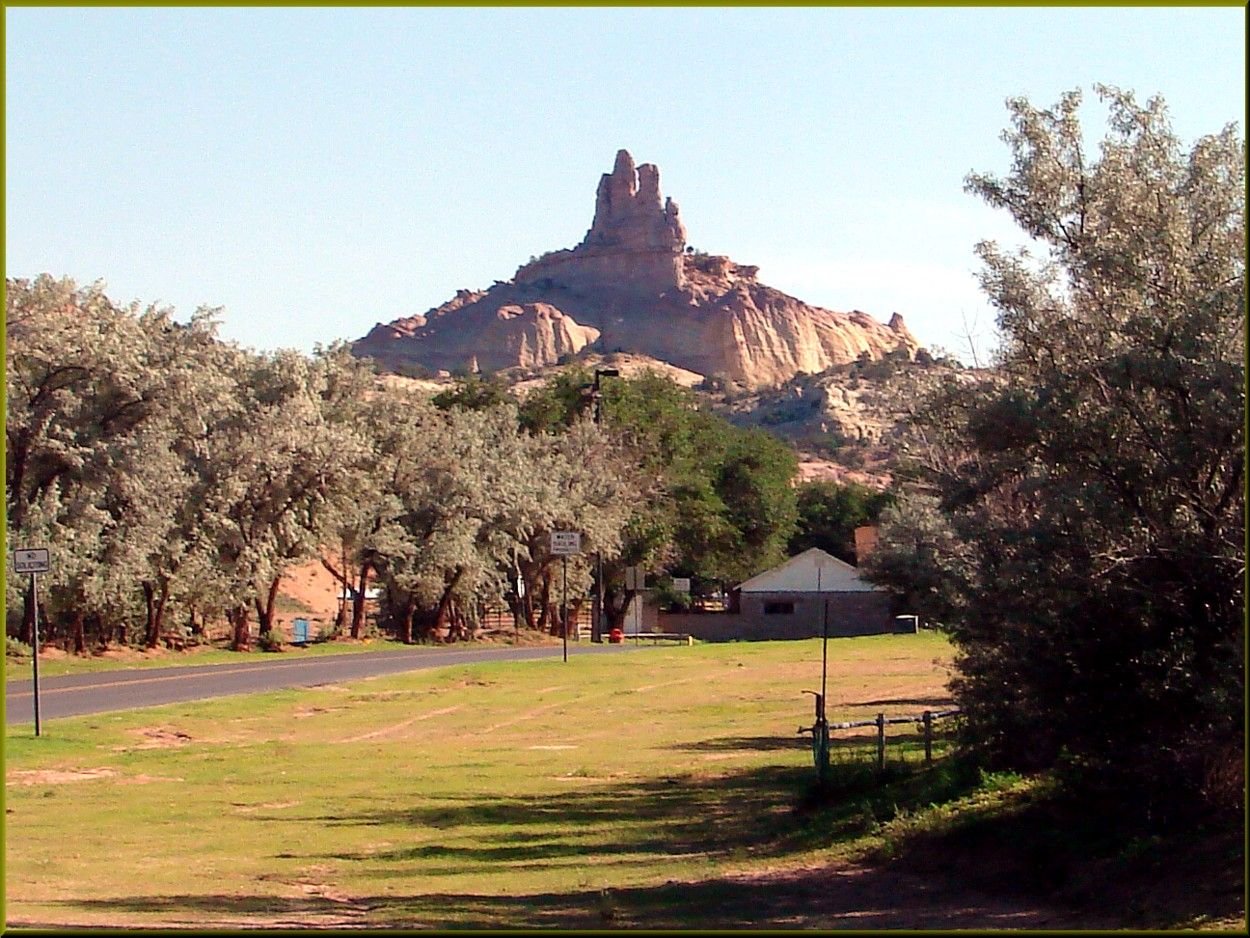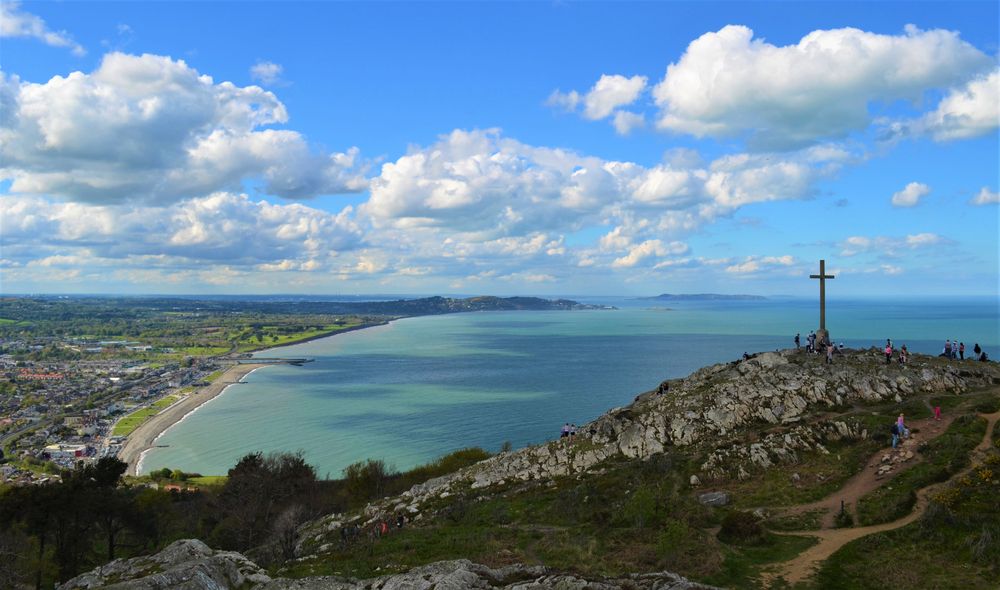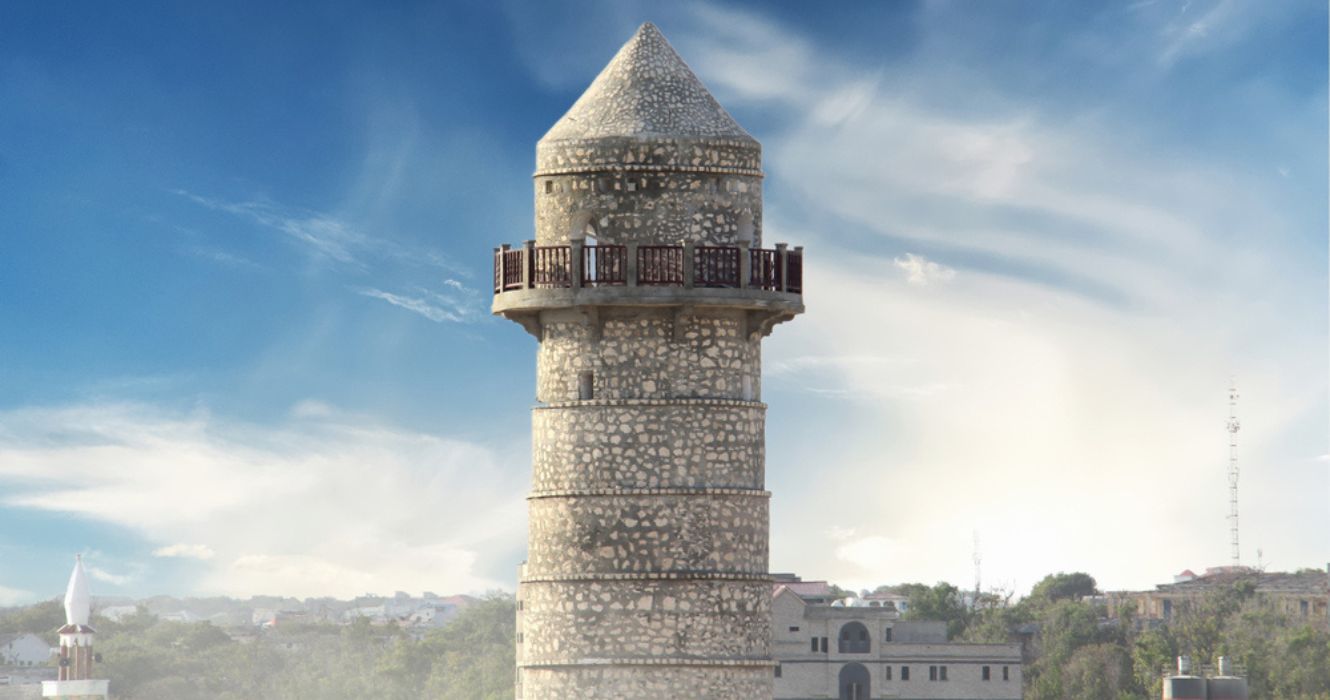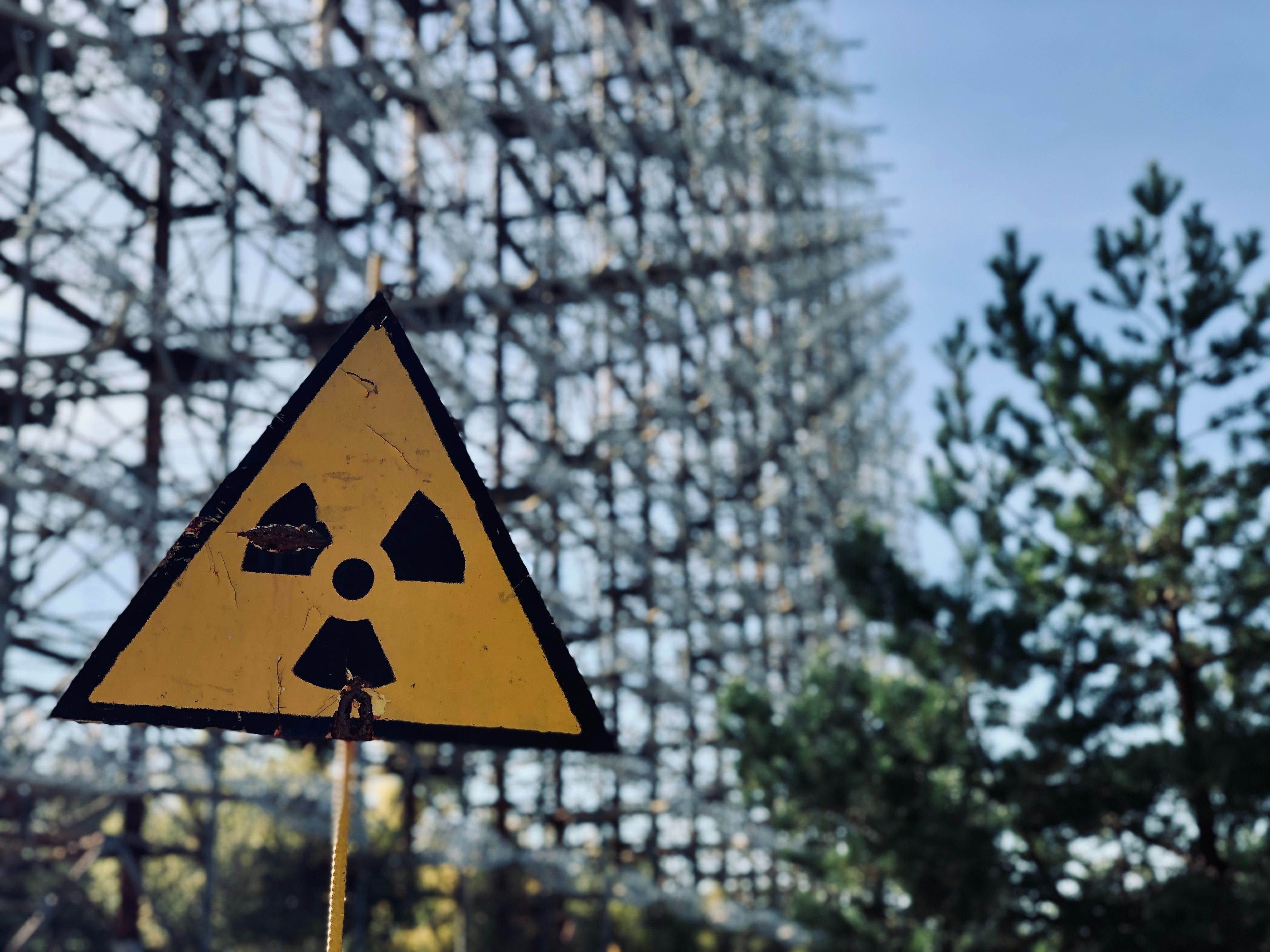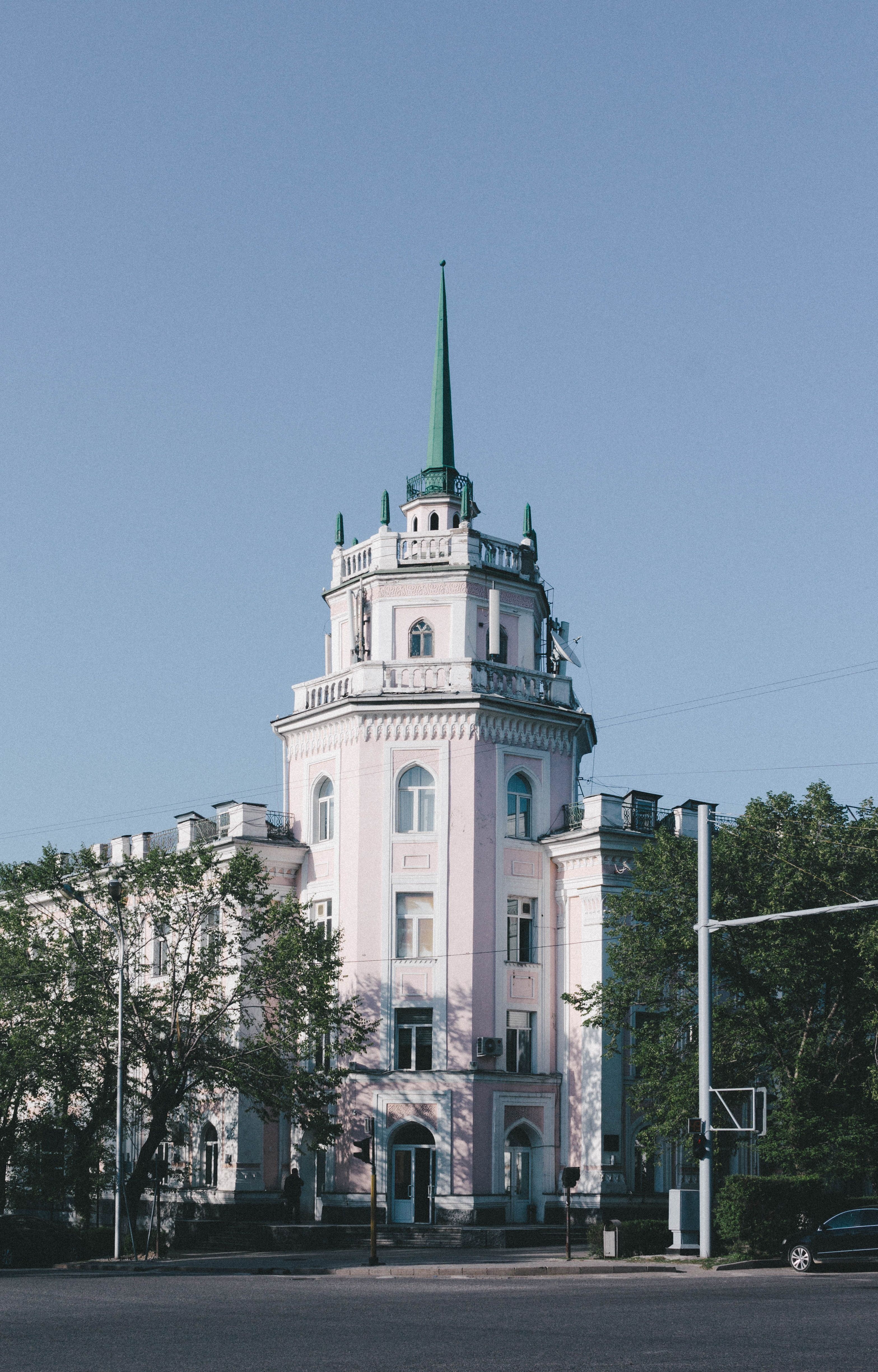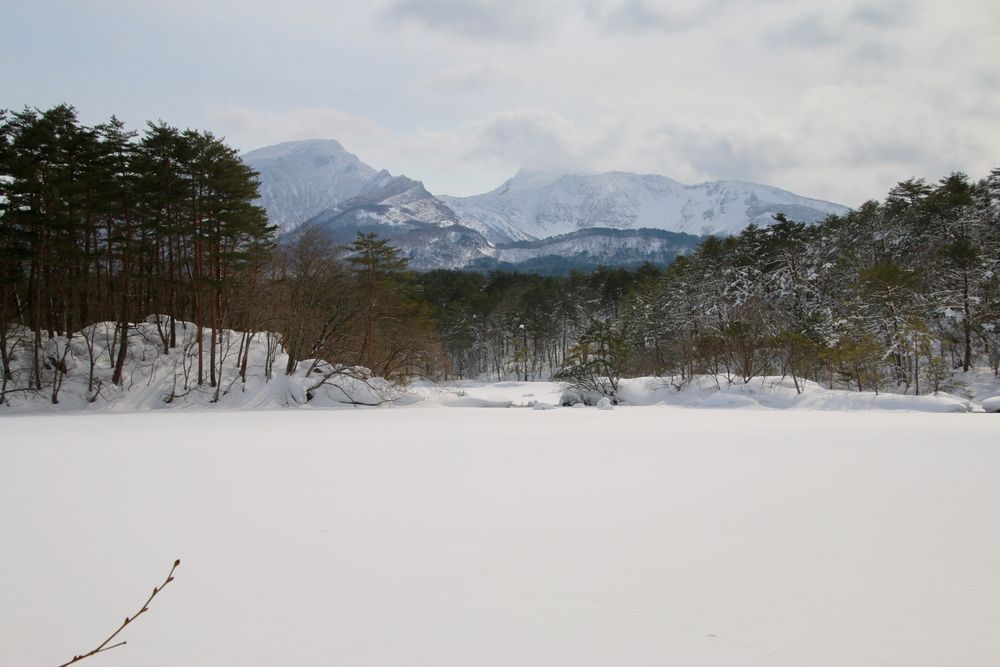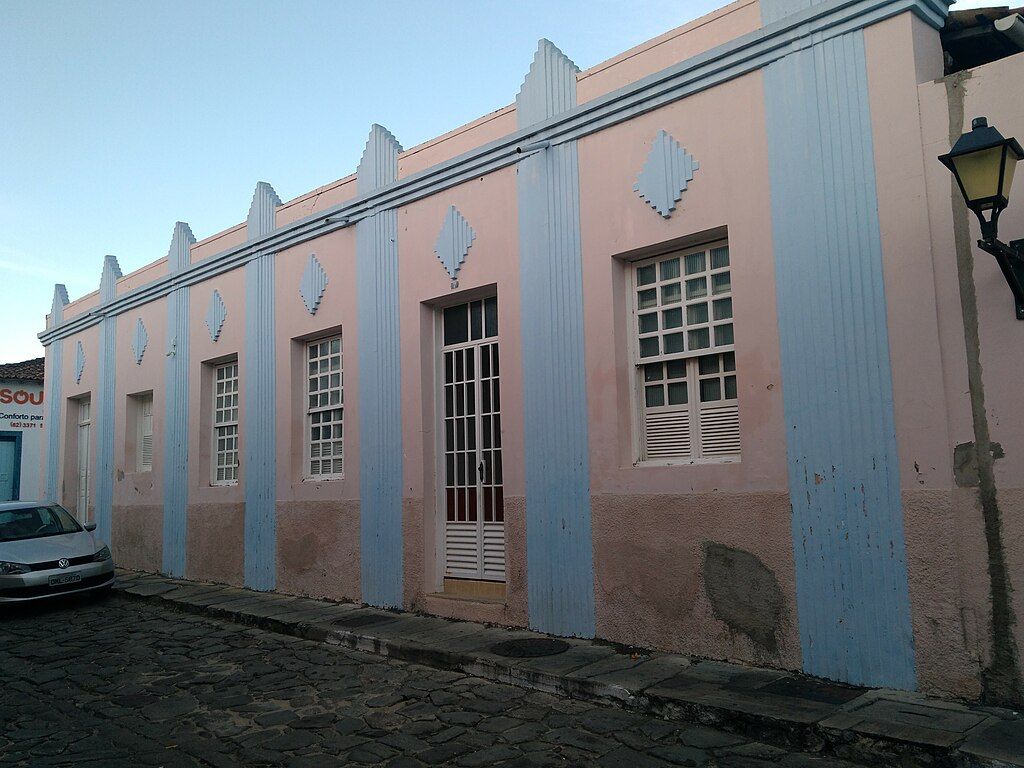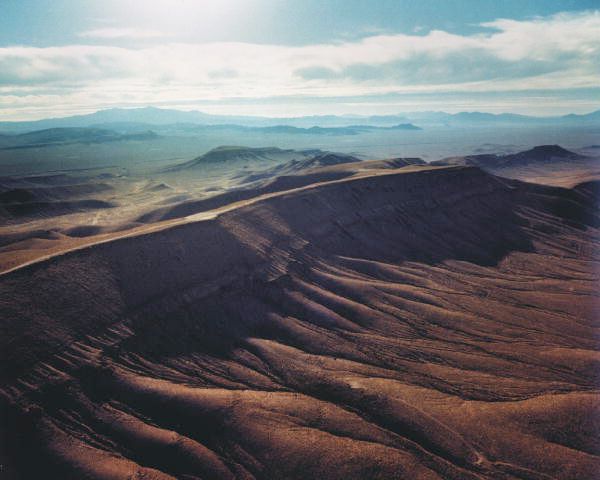Read update
- Why The World Can't Seem To Escape Radiation
Summary
- Some radioactive places, like Mailuu-Suu in Kyrgyzstan, have been neglected, resulting in residents suffering from cancer and other illnesses due to living on nuclear waste.
- The Siberian Chemical Combine in Seversk, Russia, has caused devastation to wildlife and water pollution due to nuclear production facilities and the manufacturing of nuclear weapons in the '50s.
- The Fukushima nuclear power plant in Japan remains the most radioactive place on Earth, even nine years after a tsunami caused reactor meltdowns, leading to discussions about dumping radioactive water into the Pacific Ocean.
The world's most radioactive places all fell victim to a nuclear disaster, be it from atomic power plants or nuclear weapons. Even though we cannot see (and often not even feel) the radiation, the consequences on the environment and health can be devastating. Almost no greenhouse emissions and no use of fossil fuels make nuclear energy a desirable source of power. But when something at the nuclear power plant goes wrong, it goes terrible. A big enough nuclear disaster could wreck an entire planet.
Some radioactive places are world-famous and have become tourist destinations. But some were swept under the rug. How dare they, right?! Find out about all of them on this list of the 11 most radioactive places on Earth.
Updated by Gabriel Kirellos, November 8th, 2021: There are a handful of radioactive places on Earth. The number is set to increase with governments worldwide not paying attention to the importance of the proper use of nuclear energy. This list was updated to include some additional dangerous radioactive sites, such as the Instituto Goiano de Radioterapia in Brazil. Also, more information was included about the Mailuu-Suu radioactive site in Kyrgyzstan.
UPDATE: 2023/07/17 16:51 EST BY NOAH STAATS
Why The World Can't Seem To Escape Radiation
This article has been updated with new locations currently facing radiation and photos for each. From world-famous disaster cities to those less spoken of, it might be time to reconsider how we generate and use power. Nuclear radiation seems to live forever.
12 People Are At Huge Risk In Mailuu-Suu, Kyrgyzstan
- This town was built on nuclear waste, leading to residents getting cancer and other illnesses. Nuclear mines are to blame.
This Kyrgyz town is literally built on nuclear waste, so it is no surprise that the local people often get cancer and other hazardous illnesses. No one is really doing anything to help them, and even the government doesn't seem to care. Although the Mailuu-Suu of Kyrgyzstan was never used as a nuclear testing facility, power station, or production facility, the site is a rich source of uranium. The Soviet Union conducted during the Cold War a large mining operation, which caused massive amounts of uranium to be excavated from the region. Dangerously contaminated waste mining products were buried around where the excavations happened. However, large amounts of waste were left above the ground. The area can have seismic activity anytime, which will cause the toxic products to seep into rivers and contaminate the waters used by the region's residents.
11 Siberian Chemical Combine In Seversk, Russia
- The nuclear production facilities in this area have led to the devastation of wildlife and the pollution of waterways. The government made nuclear weapons here in the 50s.
Siberia is incredibly huge, so whatever goes on there stays there. It's no surprise anyone really noticed just how contaminated the area around Seversk has been for so long. Even the biggest Siberian river Ob is said to be at risk. The Soviet Union made nuclear weapons here back in the '50s.
10 The Hanford Site In Washington Used To Be A Source Of Pride
- A Cold War, nuclear production site has now been turned into a pit of radioactive material and waste.
During the Cold War, everyone was into everything nuclear. The Hanford Site produced plutonium. Some of it was used in the first atomic bomb, which is hardly impressive since we all know the devastating consequences of such weapons. The nuclear waste was buried in nearby pits.
9 Shrouded In Mystery: Mayak, Russia
- This area in the Ural Mountains has become ridden with nuclear/radioactive material.
Nuclear disasters profoundly impact the environment, so they always make the headlines on a global scale. But not the one that hit this little town in the Ural Mountains. In 1957, a tank with nuclear waste exploded. The disaster was swept under the rug, and the local people still live there.
8 Puerco River At The Church Rock Uranium Mill, NM
- Church Rock used to be home to a large uranium reserve: however, this is Navajo land, and the government has since failed to clean the mess it made many years ago.
Church Rock was home to a vast uranium reserve, so naturally, the United Nuclear Corporation built a mine there. At some point, the waste spilled into the Puerco River. The Navajo people relied heavily on the river. There have been efforts to clean it up, but most of the damage is irreversible.
7 Sellafield, UK Pollutes The Irish Sea
- Great Britain's 1957 nuclear disaster led to the Irish waters being polluted with radioactive material/waste.
Great Britain also had its own nuclear disaster, and it also happened in 1957, just like the one in Mayak. There was a fire that went on for 3 days before it was finally put out. People weren't evacuated, and the only precaution they took was avoiding milk for a month.
6 Why Does No One Care About The Coast In Somalia?
- The Somalian coast has become a nuclear dumping ground. This has destroyed local habitats and people's livelihoods.
The remoteness of Somalia makes its coast a perfect illegal dumping site. The country has so much political turmoil that it cannot control what goes on in its waters on top of everything else. The effects on the fragile marine ecosystem and the coastal population of Somalians are horrifying.
5 Everybody Knows What Happened In Chernobyl, Ukraine
- Chernobyl remains one of the most talked about nuclear disasters in the world and will still be uninhabitable for many years to come.
Thanks to HBO's excellent show Chernobyl, everyone knows exactly what had happened back in 1986. Easily the most dramatic of all nuclear disasters, the nuclear reactor exploded, and the consequences of radiation were felt throughout half of Europe. Today, it is a popular tourist destination, even though it is still contaminated.
4 Semipalatinsk Test Site, Kazakhstan, Is Also Known As The Polygon
- The Semipalatinsk Test Site was the number one testing site in the Soviet Union (456 bombs were dropped in total).
Semipalatinsk Test Site was the number one testing site in the Soviet Union. They dropped 456 bombs there. People who live there still remember the notorious mushroom clouds. Unlike the Soviet Union, Kazakhstan is not into nuclear weapons: they called for the observation of an International Day Against Nuclear Tests.
3 Fukushima, Japan, Is The Most Radioactive Place On Earth
- Fukushima is now the most radioactive place on Earth, and the Japanese government has considered dumping radioactive water into the Pacific Ocean.
Fukushima is the most radioactive place on Earth. A tsunami led to reactors melting at the Fukushima nuclear power plant. Even though it's been nine years, it doesn't mean the disaster is behind us. The Japanese government is actually thinking about dumping radioactive water in the Pacific.
2 Another Dangerous Radiation Zone: The Instituto Goiano De Radioterapia In Brazil
- A robbery caused this radiation disaster, with 250 people exposed and four dead.
The robbery that happened in The Instituto Goiano de Radioterapia in Goias, Brazil, was the reason that caused radiation to spread over a large area. The thieves were searching for scrap metal. However, they stole a teletherapy unit that includes cesium-137. The item was taken from an abandoned medical clinic. This happened in 1987. Unfortunately, more than 250 people were exposed to radioactive contamination, and four died.
1 Don't Forget The Yucca Mountain Nuclear Waste Repository
- This is a nuclear waste hiding spot in the Nevada mountain ranges.
One of the weirder (and more radioactive) spots in the United States lies in the Yucca Mountains at a Nuclear Waste Repository site. In an effort to hide nuclear waste in the state of Nevada, the government has decided to bury it deep under the mountains in this repository. This has long been a point of contention for residents and climate activists, as nuclear waste will always be bad: regardless of where the government hides it. Also, this is one of the most studied nuclear sites in the world.

